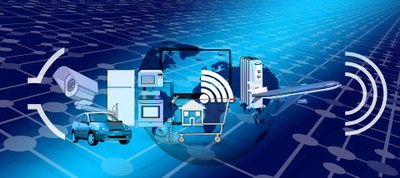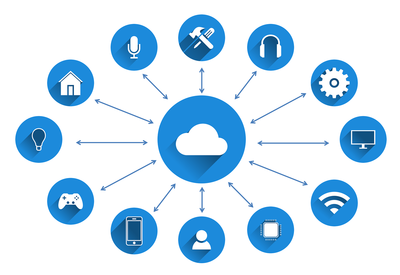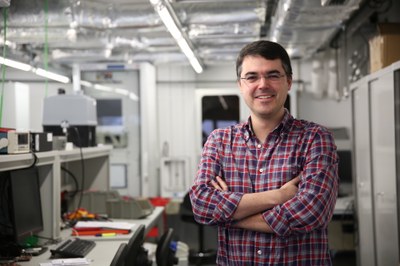INESC TEC leads EUR 36M European project for the digitalisation of the power system
The goals of InterConnect
The solutions developed within the scope of InterConnect will allow a digitalisation of the power system based on architectures for the Internet of Things (IoT) which, through several digital platforms such as Blockchain, cloud and P2P and by using a SAREF universal ontology, will ensure the interoperability between equipment and systems while preserving the privacy and cybersecurity of data of different users.

“One of the goals that we want to test and validate in this project are buildings and smart grids scenarios (domestic and non-domestic), in which the existing systems communicate with each other through common ontologies, thus creating a modularity and interoperability logic. In a house, we can have both a local box and a remote cloud system interacting with devices in a universal way, which facilitates the management of the existing energy portfolio”, explains David Rua, the leading researcher of this project and senior researcher of INESC TEC’s Centre for Power and Energy Systems (CPES).
The energy users in buildings, whether residential or tertiary, the operators of the distribution grid and the energy distributors will have the opportunity to take advantage of these solutions. The expected contribution to a greater interoperability will support Big Data systems and will encourage the use of artificial intelligence systems to create new services for buildings and the grid.

David Rua also explains that the main goal of the project is to have a solution that can be used by everyone. This means that “for example, in the case of domestic buildings, if we replace a smart washing machine from a certain brand to a different one from another brand, we don't have to change the platform that manages both of them”. The exchange of information will be based on the development of methodologies that ensure that there are no constraints for the end-user or for those who exploit services and that they don't have to remain committed to any manufacturer or to any private proprietary solutions. For the manufacturers, these methodologies entail that ontologically independent approaches are considered and interfaces are created, through which it is possible to exchange information in a structured and open way, although there is a need to protect specific communication segments of the proprietary business model”.

The European network of a call that gave the victory to InterConnect
The competition launched by the European Commission, entitled "Digitising and transforming European industry and services (DT)" in the topic "Interoperable and smart homes and grids", mobilised 140 European entities, which were divided by three consortia. After analysing the three submitted applications, a panel of international experts gave the best score (14 out of 15) to the proposal led by INESC TEC.
InterConnect, which includes the participation of 51 entities from 11 European countries, will run for four years. Besides INESC TEC, the national participants are EDP Distribuição, SONAE, Domótica SGTA, and Schneider Electric Portugal, which together received EUR 4 million of community funding.
The developments of the project will be validated in big demonstrators that are distributed by seven countries (Portugal, France, the Netherlands, Belgium, Germany, Italy and Greece) in which different digital solutions will be applied and will be part of an interoperability toolbox that will be available in an open manner for other entities during and after the project.
INESC TEC’s centres that participated in InterConnect are: CPES, the High-Assurance Software Laboratory (HASLab) and the Centre for Telecommunications and Multimedia (CTM). The project will officially start in October of 2019.
The researcher mentioned in this news piece is associated with INESC TEC.


